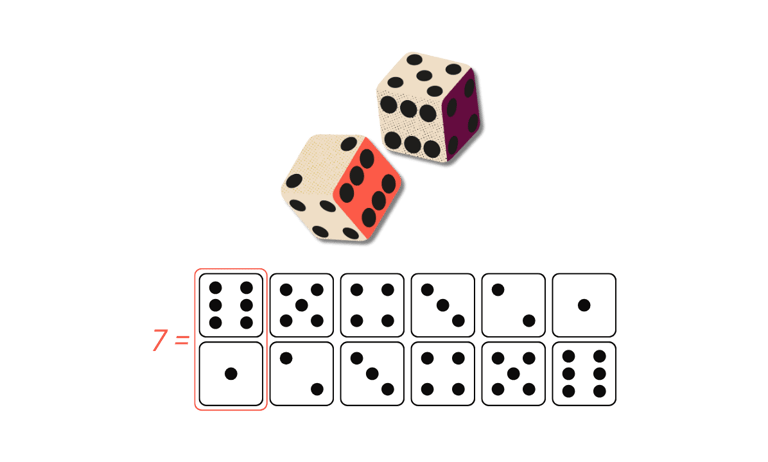Thinking in Probabilities
Investing is a probability game
MENTAL MODELSMATHEMATICSNOTES
Md Nazmus Sakib
11/15/20241 min read
Howard Marks demonstrated the following example: If you roll two dices together, the most likely result is 7 with the highest probability of 16.7%, where there are 6 combinations of dices that yield 7, out of total 36 combinations.
When you roll the two dices together, you know what is the most likely outcome. Number 7 has 16.7% probability, number 6 has 13.9% probability, Number 2 and Number 12 have the least probability of 2.8%. You know the whole probability distribution but you will never know what the exact outcome will be in the next roll of dices. Only after playing enough roll of the dices, the probability distribution will be reflected in the outcomes.
In investing, you are playing the probability game. If you are skillful, you have a gauge of the asset valuation. You assume the most likely scenarios in the future and based on those scenarios you set expectations and derive a valuation. You can’t tell with certainty that the most likely scenario will happen in the next year. If your expectation is reasonable enough, the most likely scenario will play out in the long run. To reflect the outcomes of the probability distribution, you have to let the time play its part. Even if your expectations are reasonable, they can be subject to error. You can widen the room for error by buying asset at a price much lower than your estimation of intrinsic value. You want to make sure, even if you are wrong, you don’t lose much. By doing so, you increase your probability of gain or not making a big loss.




